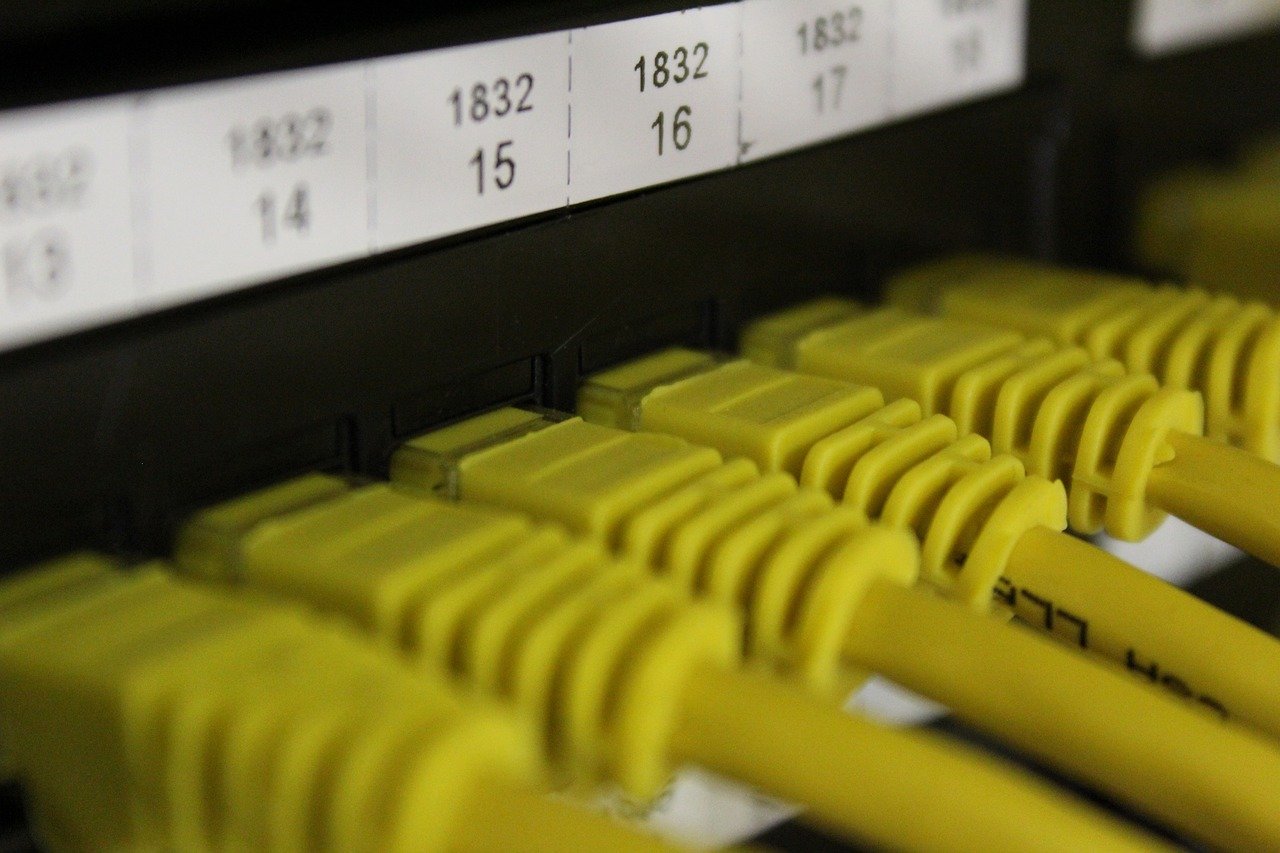Robotics has moved from the realm of science fiction to an integral part of modern life. From automating manufacturing processes to assisting in complex surgeries, robots are transforming industries and reshaping how we live and work. This blog post delves into the fascinating world of robotics, exploring its various aspects, applications, and future trends.
What is Robotics?
Defining Robotics
Robotics is an interdisciplinary field that integrates computer science, mechanical engineering, electrical engineering, and other disciplines to design, construct, operate, and apply robots. Robots are programmable machines capable of performing tasks automatically or with minimal human guidance. They are designed to mimic human actions and perform tasks that are either too dangerous, repetitive, or precise for humans to execute.
Key Components of a Robot
- Sensors: These detect the robot’s environment and provide information about its surroundings (e.g., cameras, proximity sensors, touch sensors).
- Actuators: These are the motors and mechanisms that allow the robot to move and interact with its environment (e.g., electric motors, hydraulic cylinders, pneumatic actuators).
- Controllers: These are the “brains” of the robot, processing information from the sensors and controlling the actuators (e.g., microcontrollers, computers).
- Power Source: This provides the energy needed for the robot to operate (e.g., batteries, power cables, solar panels).
- Software: This provides the robot with instructions on what to do, including algorithms for navigation, object recognition, and task execution.
How Robotics Differs from Automation
While both robotics and automation involve using technology to reduce human intervention, robotics offers greater flexibility and adaptability. Automation typically involves fixed, repetitive tasks performed by machines. Robotics, on the other hand, allows for more complex tasks and adjustments based on environmental changes through the use of sensors and programmable controllers.
Applications of Robotics Across Industries
Manufacturing
- Automated Assembly: Robots are used for repetitive tasks like welding, painting, and assembling parts, increasing efficiency and reducing errors. Example: Automotive factories widely employ robotic arms for precision welding and component assembly.
- Material Handling: Robots transport materials and products within the factory, improving safety and reducing labor costs. Automated Guided Vehicles (AGVs) are commonly used for this purpose.
- Quality Control: Robots equipped with vision systems inspect products for defects, ensuring consistent quality.
Healthcare
- Surgical Robots: These assist surgeons with complex procedures, enhancing precision and minimizing invasiveness. The da Vinci Surgical System is a prime example.
- Rehabilitation Robots: These help patients recover from injuries or strokes by providing assistance with movement and therapy.
- Pharmacy Automation: Robots dispense medications, reducing errors and improving efficiency in pharmacies.
Logistics and Warehousing
- Automated Storage and Retrieval Systems (AS/RS): Robots retrieve items from storage locations and deliver them to packing stations.
- Order Fulfillment: Robots pick and pack orders, speeding up the order fulfillment process. Companies like Amazon utilize extensive robotic systems in their warehouses.
- Last-Mile Delivery: Drones and autonomous vehicles are being developed to deliver packages directly to customers’ doorsteps.
Agriculture
- Harvesting Robots: These pick fruits and vegetables, reducing labor costs and increasing harvesting speed.
- Weeding Robots: These identify and remove weeds, reducing the need for herbicides.
- Precision Farming: Robots collect data about soil conditions and plant health, enabling farmers to optimize irrigation and fertilization.
Exploration and Space
- Planetary Rovers: Robots like the Mars rovers explore other planets, collecting data and sending it back to Earth.
- Space Station Maintenance: Robots perform tasks outside the International Space Station, reducing the risk to astronauts.
- Deep-Sea Exploration: Robots explore the ocean depths, collecting data and samples from underwater environments.
Types of Robots
Industrial Robots
These are primarily used in manufacturing for tasks like welding, painting, assembly, and material handling. Examples include articulated robots, SCARA robots, and Delta robots.
Service Robots
These robots assist humans in various tasks, such as cleaning, delivery, and healthcare. Examples include vacuum cleaning robots, delivery drones, and surgical robots.
Mobile Robots
These robots can move around their environment, often using wheels, tracks, or legs. Examples include autonomous vehicles, delivery robots, and security robots.
Humanoid Robots
These robots are designed to resemble humans in appearance and behavior. Examples include research robots like Atlas and social robots like Pepper.
Collaborative Robots (Cobots)
These robots are designed to work alongside humans, assisting with tasks and improving productivity. They are often used in manufacturing and assembly applications. Example: Universal Robots UR5e.
The Future of Robotics
Artificial Intelligence and Machine Learning
AI and machine learning are increasingly being integrated into robotics, enabling robots to learn from data, adapt to changing environments, and make decisions autonomously. This leads to smarter and more adaptable robotic systems.
Human-Robot Collaboration
As robots become more sophisticated, they are increasingly working alongside humans in various industries. This collaboration allows humans and robots to leverage their respective strengths, leading to increased productivity and efficiency.
Ethical Considerations
The increasing use of robots raises ethical concerns, such as job displacement, data privacy, and the potential for autonomous weapons. It is important to address these concerns proactively to ensure that robotics is used responsibly and ethically.
Emerging Technologies
- Soft Robotics: Using flexible materials to create robots that can move and adapt in ways that traditional robots cannot.
- Nanobots: Microscopic robots that can perform tasks at the nanoscale level, with potential applications in medicine and manufacturing.
- Swarm Robotics: Coordinating groups of robots to perform tasks collectively, mimicking the behavior of insects or birds.
Conclusion
Robotics is a rapidly evolving field with the potential to transform numerous industries and aspects of daily life. From manufacturing and healthcare to logistics and exploration, robots are improving efficiency, enhancing safety, and creating new possibilities. As technology advances and AI becomes more integrated, the future of robotics promises even more exciting developments and transformative applications. Understanding the basics of robotics and its potential impact is essential for anyone seeking to navigate the future of work and technology.



